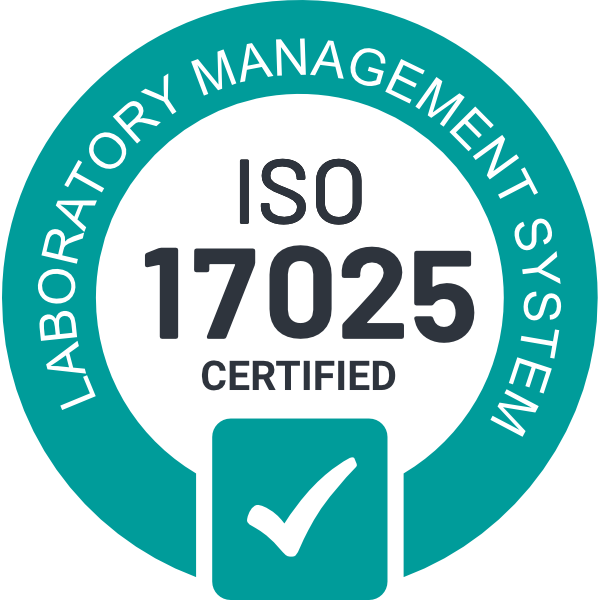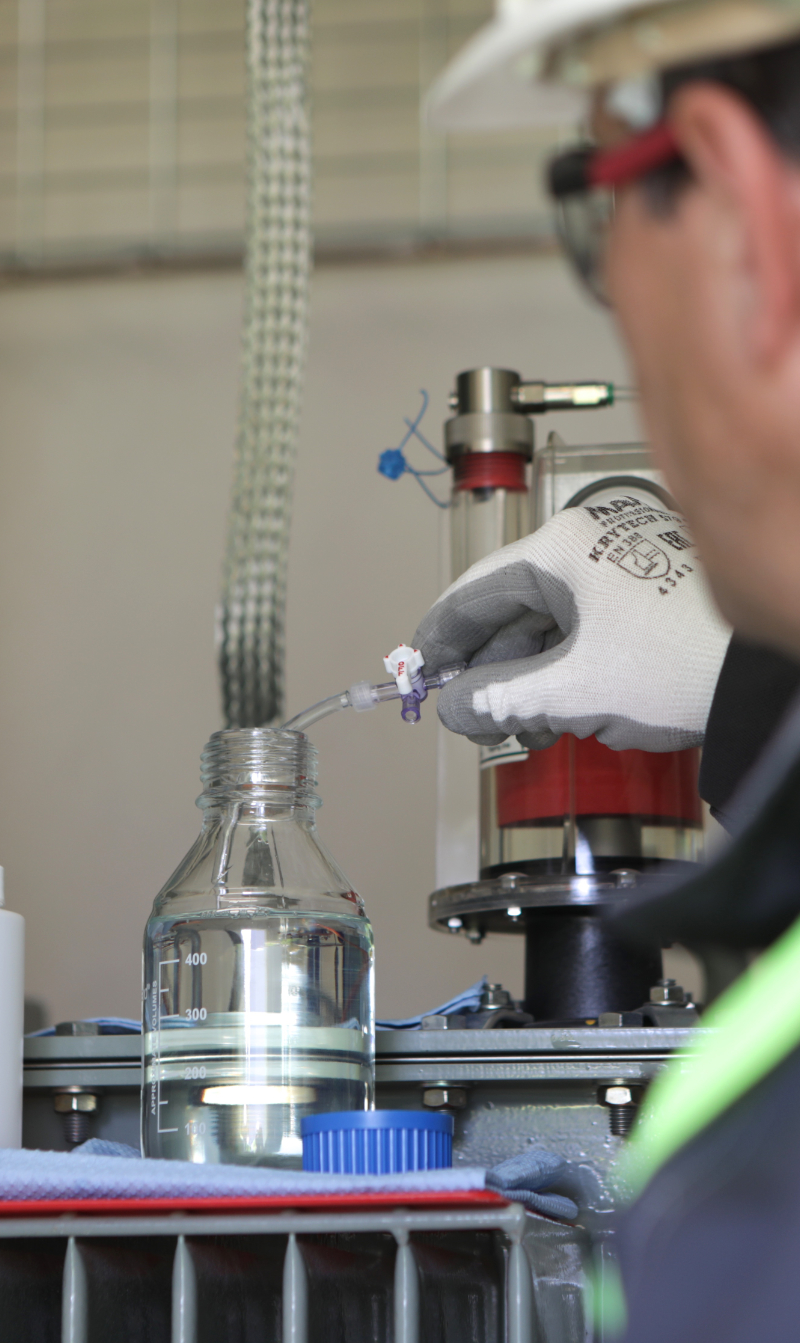Analysis of dielectric fluids
What are dielectric fluids?
Dielectric fluids play a crucial role in the proper functioning of transformers. Serving as partial insulators for these devices, they are involved in the cooling process of machines, dissipating heat from the magnetic circuit, in particular.
What are we analyzing?
Specializing in the analysis of power transformer oil for over 60 years, Eurofins IESPM provides insights into all your questions regarding transformer oil analyses, offers advice, and supports you in the condition-based maintenance of your electrical transformers.
In the case of an industrial unit, when the replacement of the transformer is not planned, a breakdown can lead to a partial or total loss of production, which can last from a few hours to several months depending on the affected transformer.
Monitoring a transformer has several advantages:
- It helps extend their lifespan
- It complies with regulations regarding PCBs in transformer oils
- It provides predictive elements for managing maintenance costs (treatment, decontamination, replacement, …)
- It prevents production downtime caused by a breakdown
- It enables the tracking of transformers, sometimes mandated by insurers
Eurofins IESPM has established monitoring frequencies based on over 60 years of experience and in accordance with the recommendations of IEC standards. These frequencies depend on the age, category, and history of the monitored transformer.
Analyses and Checked Points
DISSOLVED GASES IN DIELECTRIC FLUID
The monitoring of concentrations provides precise indications about the operating conditions of the device, particularly regarding any present anomalies.
Therefore, it is possible to identify:
- Overheating: low temperature (<300), medium (between 300 and 700), high (>700)
- Electrical faults: partial discharges, low-energy discharges, high-intensity discharges (arcing), …
- Transformer air intake (suspected)
- Potential paper degradation which will be confirmed by an analysis of furanic derivatives
OIL CONDITION
- Dielectric Strength: tests the resistance of dielectric fluids under an electric field.
- Water Content: monitored as it can impact dielectric strength and reduce the transformer’s lifespan.
- Neutralization Index: tracks the “aging” of the dielectric fluid by analyzing the content of acidic compounds resulting from its degradation.
- PCB Content: (Polychlorinated Biphenyls). According to regulations, fluids containing more than 50 ppm of PCBs must be eliminated and sent to an authorized treatment center.
- Oil Corrosivity: detects corrosive sulfur to prevent premature aging of the transformer. When corrosivity is confirmed, we recommend investigating the presence of DBDS1.
- Tangent Delta: precisely determines the physico-chemical state of the dielectric in its primary roles:
– Heat transfer fluid
– Insulating role
FURANIC DERIVATIVES
- The paper
- Furanic derivatives resulting from the degradation of cellulose help determine the condition of the insulation
Our Quality Assurance



Equipment, Sampling Techniques, and Results Interpretation
Our analysis laboratory supports you in monitoring your transformer fleet by providing you with a tailored transformer oil analysis kit.
It is crucial that the sampled specimen is representative of the entire grease load in contact with the monitored wear point. Dielectric fluid sampling is delicate: access to the sampling point is sometimes challenging, and the risks associated with electrical hazards must be considered.
Eurofins IESPM supports you in your dielectric fluid samplings by offering dedicated training.
Once the sampling is done, you need to provide the technical information related to your sample. You can refer to our dedicated article for tips on recording a sample: Go to the page
Before sending, remember to:
- thoroughly clean the outside of the vial to remove any trace of liquid
- attach one of the two labels provided in the kit to the vial
Based on the analysis results provided by our laboratory, our team of diagnostic experts provides you with a detailed and reliable diagnosis of the aging status of the dielectric fluid. We also offer personalized recommendations to assist you in the condition-based maintenance of your electrical installations.
NEWS
Measurement of Tangent Delta
The Tangent Delta: A Precise Measurement for Monitoring the Insulating and Heat Transfer Functions of Dielectric Fluids…
SPECIAL REPORT
Analysis of Dielectric Fluids
Explore in our special report how regular monitoring of dielectric fluids is the simplest and most cost-effective solution to optimize the maintenance of your electrical equipment…




